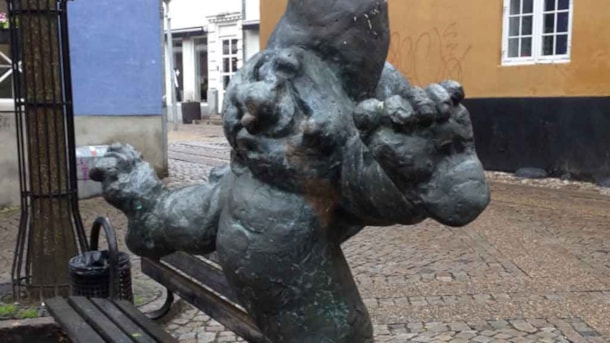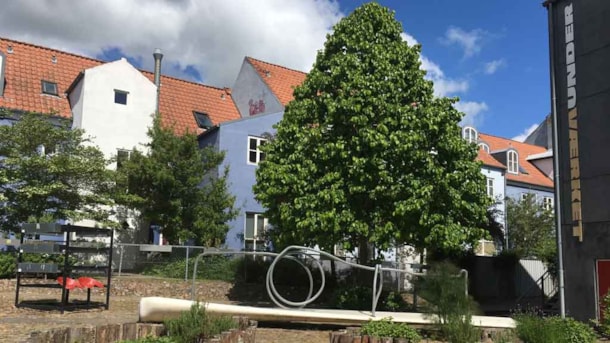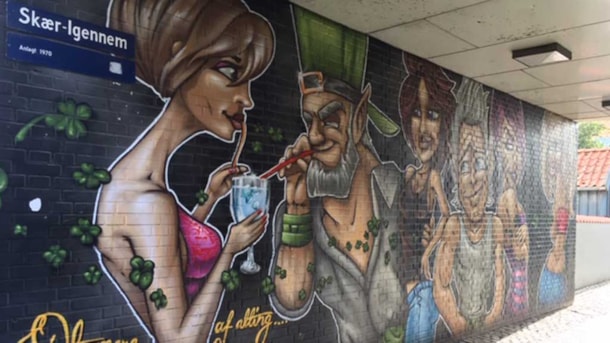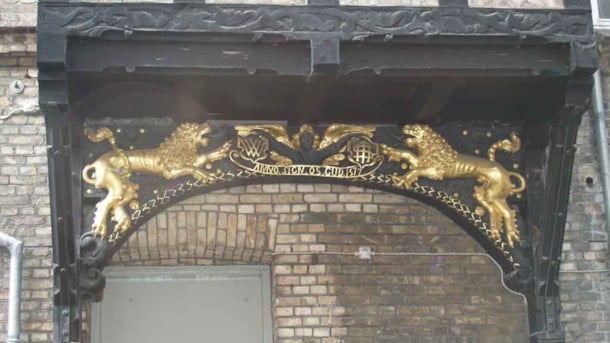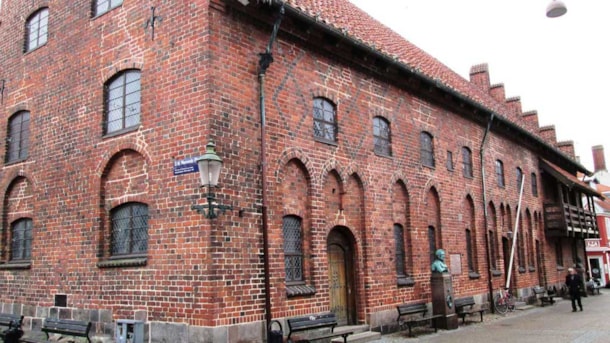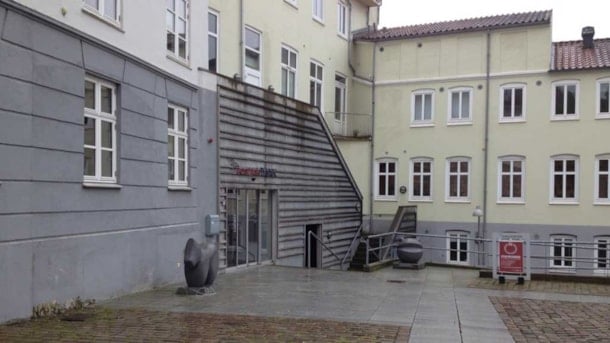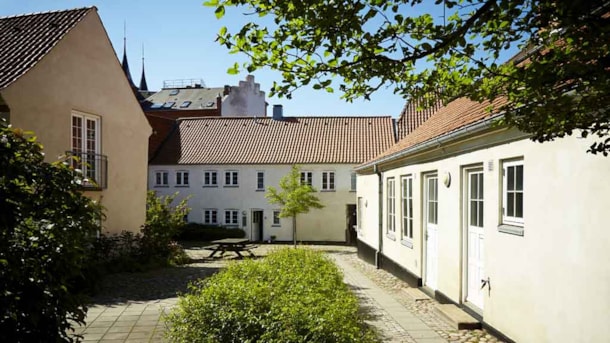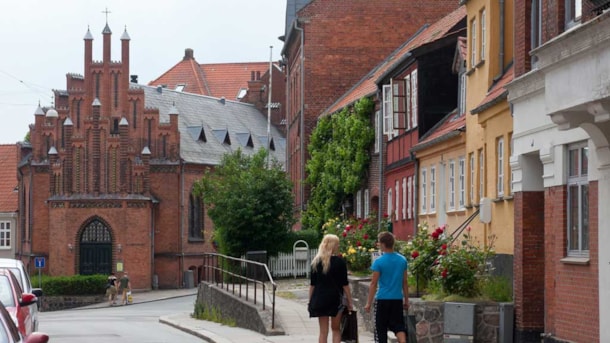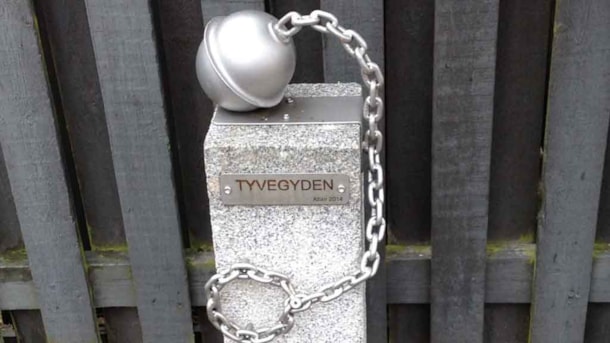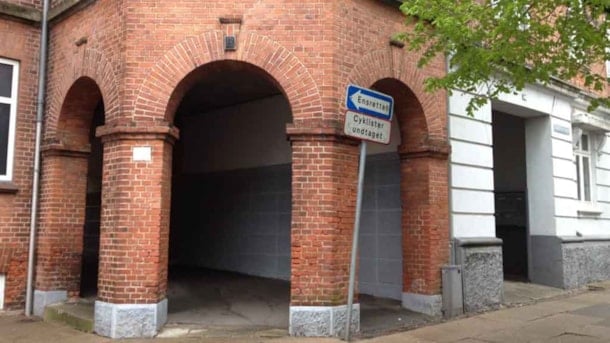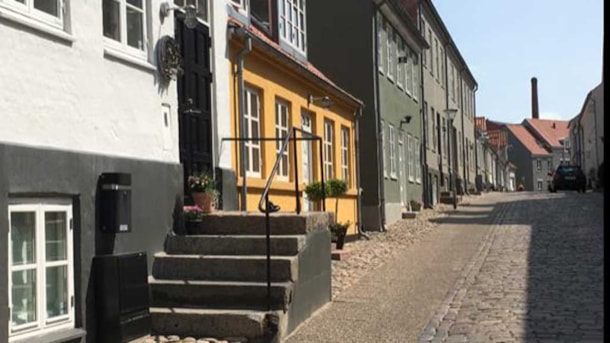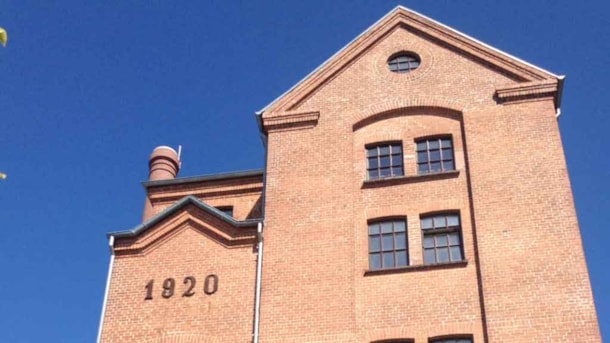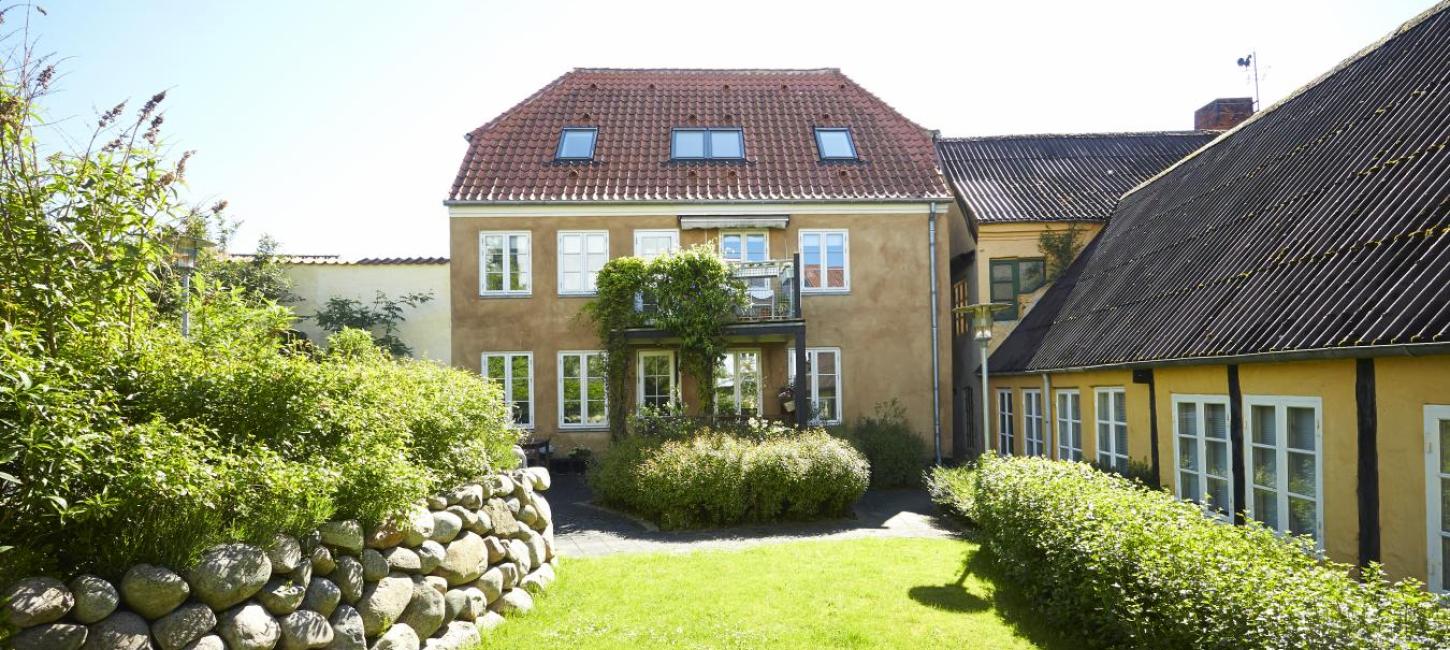
Find your way to alleys, lanes, and shortcuts in Randers
Explore the city of Randers! The center of Randers has partly preserved its self-grown street network from the Middle Ages. The churches, monasteries, and the city castle were connected by a maze of streets without any particular planning from the city council.
Newer street breakthroughs such as Østervold mark a boundary between the medieval city core and the newer neighborhoods of the city center.
Now you can find your way to the small and cozy streets, lanes, and hidden shortcuts yourself. It's a great opportunity to explore and get a different view of the city.
Also, remember to see the old, beautiful houses in Randers.
Nygade in Randers
Nygade in Randers was established in the 1770s. Formerly it was called Bays Nye Gade and was named after one of Randers' great merchant families.
Helenestræde
Helenestræde fik sit navn omkring 1795. Tidligere hed den Helvedesgyde og den er kendt fra middelalderen, hvor byens letlevende damer holdt til i gaden.
Slotsgården and Stemannsgade in Randers
Slotsgården in the centre of Randers has been known since 1755 and named after Christian III's Dronningborg Castle, which was located on the site.
Gråbrødrestræde in Randers
The cozy Gråbrødrestræde in Randers runs from Slotspladsen to Brødregade, and the name can be traced back to 1555.
Skær-Igennem in Randers
The small alley Skær-Igennem runs from Brødregade to Randers Bus Terminal. In Brødregade, it is located right next to No. 25, Niels Christensen's courtyard from 1663.
Torvegade and Kirketorvet in Randers
Torvegade (Market Street) in Randers is known from the medieval period and is part of the original main road through Randers.
Skolestræde in Randers
The narrow School Alley with its cozy courtyard environments dates back to the Middle Ages and has previously been called, among other things, Holy Spirit Alley, School Street, and Latin School Alley....
Skinderstræde in Randers
Skinderstræde in Randers is a shortcut from Rådhustorvet to Snaregade. The alley was previously called Poul Nielsens Gyde and Skarngade, and from 1795 it was called Lille Skidenstræde. In 1904, the ci...
The courtyard of St. Voldgade in Randers
In the courtyard of St. Voldgade no. 6, you can see a collection of stove doors. They were collected by Knud Christensen, who for many years ran a branch of Vejle Støbegods in Store Voldgade.
Latin Passagen in Randers
Latin Passage is a small alleyway and passage between St. Voldgade and Von Hattenstræde in Randers.
Von Hattenstræde
The name Von Hattenstræde originates from the customs officer Henrik von Hatten, who came to Randers from the town of Hatten in Germany in 1678. He had a son named Hermann, who later became a merchant...
Staldgårdsgade in Randers
The area around Staldgårdsgade was in the late 17th century a part of a small suburb outside Vesterport, which among other things consisted of stable yards. A stable yard is a residence with a stable ...
Vinkelstræde in Randers
Allan Jacobsen has created the sculpture that evokes associations with the old name.
Hobrovej/Danmarksgade
Slyngborgkvarteret ligger på den jord, der tidligere hørte under gården Slyngborg og huset Slyngborg er opkaldt efter denne. I stueetagen var der tidligere indrettet lysbadeanstalt.
Kvarteret som bestå...
The Schousgade neighborhood in Randers
Schousgade in Randers is named after merchant Rasmus Schifter Schou (1815-1882), who owned the land where the neighborhood is located. Løvstræde was previously called SchousToften.
Sandgade and Thorsgade in Randers
Sandgade by Thors Bakke in Randers can be traced back to 1774. In the 1930s, it was straightened out and expanded, and new residential buildings were erected.

